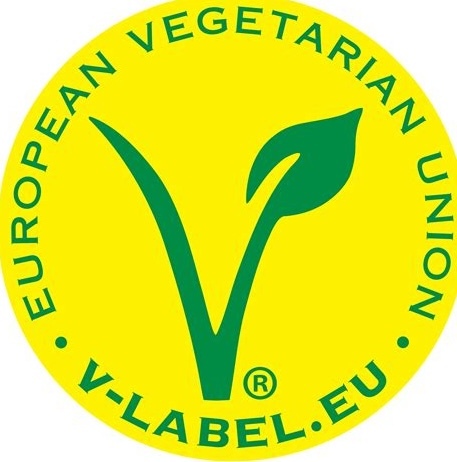cross-posted from: https://slrpnk.net/post/20636883
This indirect use of palm oil is often overlooked in the zero-deforestation accounting process, despite its growing use, according to a report by U.S.-based advocacy group Rainforest Action Network (RAN). The report found that palm oil-based animal feed is now the single largest palm oil product category imported by the U.S., accounting for 36% of all palm oil imports into the country by weight.
archived article (Wayback Machine)
archived report from RAN (Wayback Machine)
I wonder, can we grow oil palms in a greenhouse? And how would that compare to other oil crops?
If Iceland can grow bananas, then oil palms don’t seem like much of a stretch. But whether they are grown outdoors in the lowland tropics or in a greenhouse somewhere else, that’s land that cannot be native forest. At least in the tropics, it’s possible to implement an agroforestry system that includes both oil palms and native trees, but in a greenhouse somewhere cold… nope. Even if the yield would be greater than that of more cold-tolerant oil crops, more energy would be needed for heating in the winter, so intuitively, it doesn’t seem practical except where there would be large amounts of “waste” heat anyway, like near geothermal vents or power plants.
Fortunately, palm oil is not essential for nutrition, and many industrial applications could use (e.g.) hemp oil if palm oil is not available, so it’s not necessary to increase production of palm oil. About half of world production goes to “livestock” feed anyway.
We could always try and drink beans (or nuts) instead of baby cow food, have seen weirder things work out.
I like oats too ;-)



